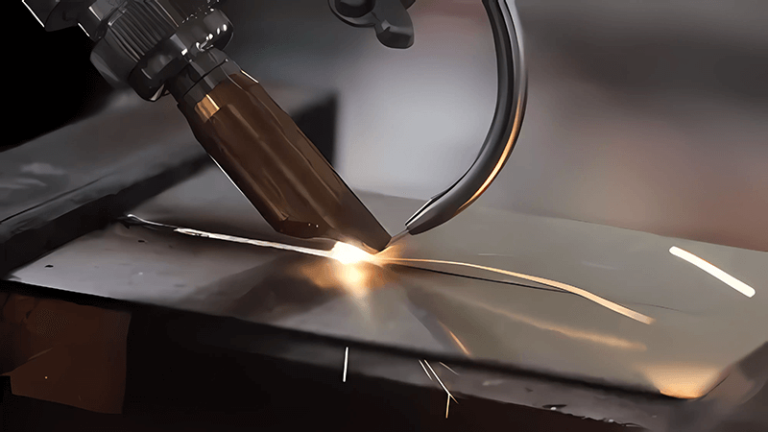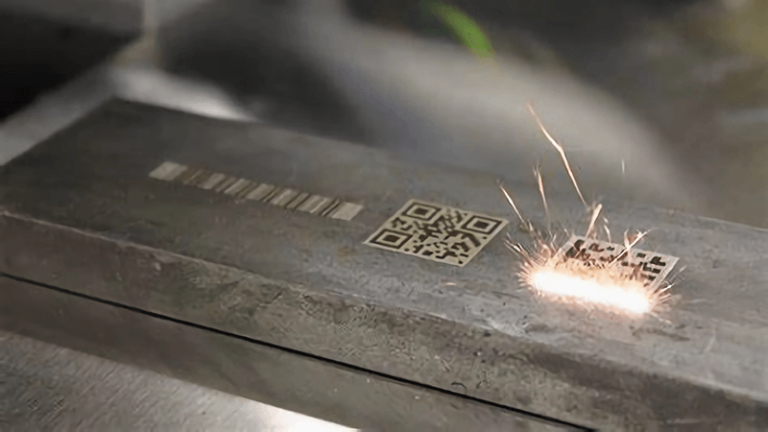Handheld laser welding machines have revolutionized the way industries approach welding tasks. But how thick can the materials be when using such a machine? It's essential to understand the limits of laser welding to make informed decisions for your projects.
The maximum thickness for welding with handheld laser machines depends on the laser power and material type. Generally, handheld lasers can weld materials up to 10mm thick, with higher power lasers achieving even thicker welds.
But just how thick can the materials be before you start encountering challenges? Understanding the limits of laser welding will help you optimize your operations and determine when to invest in more powerful equipment. Let's explore these limitations in greater detail.
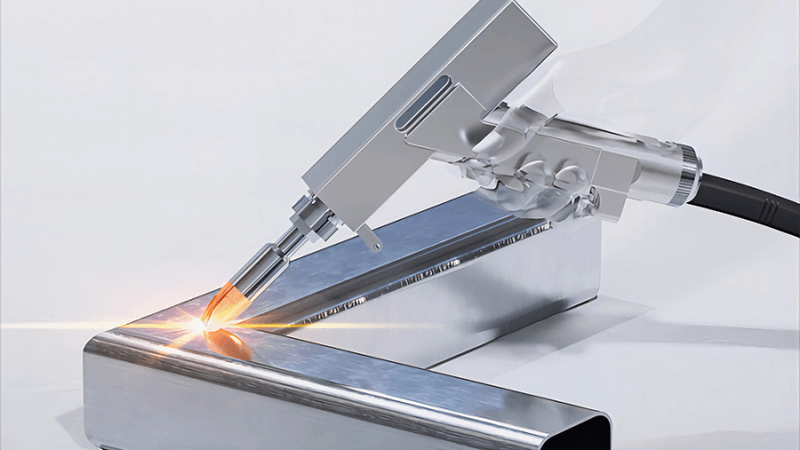
What is the thickness limit for laser welding?
Laser welding is known for its precision and speed, but just how thick can you go with handheld laser welders? The thickness that a handheld laser welding machine can handle largely depends on the power of the laser and the type of material being welded.
Typically, handheld laser welders can handle materials up to 10mm thick. However, for thicker materials, more powerful lasers are required. For instance, a 1500W laser can weld up to 3mm of stainless steel, while a 3000W laser can weld materials as thick as 8mm-10mm with double wire feeding.
The thickness limit for laser welding1 can be influenced by several factors including laser power, material type, welding technique, and the equipment configuration used. Laser welding has gained popularity for its ability to weld thin materials with precision and speed. However, when dealing with thicker materials, a careful consideration of the laser power and technique is required to achieve the best results.
Laser welding works by focusing a high-intensity beam of light on the material, melting it to create a strong bond. The higher the laser power2, the deeper the penetration, allowing for thicker materials to be welded. Typically, a 1500W handheld laser can weld materials up to 3mm thick with clean, precise results. For thicker materials, such as 6mm-8mm stainless steel, lasers in the range of 3000W to 4000W are required.
In addition, factors such as the use of double-wire feeding systems can further enhance the capability of welding thicker materials. The double-wire feeding system ensures that additional material is added to the weld pool, helping to build stronger joints in thicker workpieces. For example, a 3000W laser with a double-wire feeding system3 can achieve welds in materials as thick as 8mm to 10mm, offering both strength and efficiency.
Here is a breakdown of how laser power affects the maximum material thickness:
| Laser Power | Material Thickness (Stainless Steel) | Material Thickness (Aluminum) | Other Materials (Copper, Brass) |
|---|---|---|---|
| 1500W | Up to 3mm | Up to 2mm | Up to 1.5mm |
| 2000W | Up to 4mm | Up to 3mm | Up to 2mm |
| 3000W | Up to 8mm-10mm | Up to 6mm | Up to 5mm |
| 4000W | Up to 10mm | Up to 8mm | Up to 6mm |
These numbers are general guidelines, and the exact capabilities can vary depending on the specific application and welding technique used.
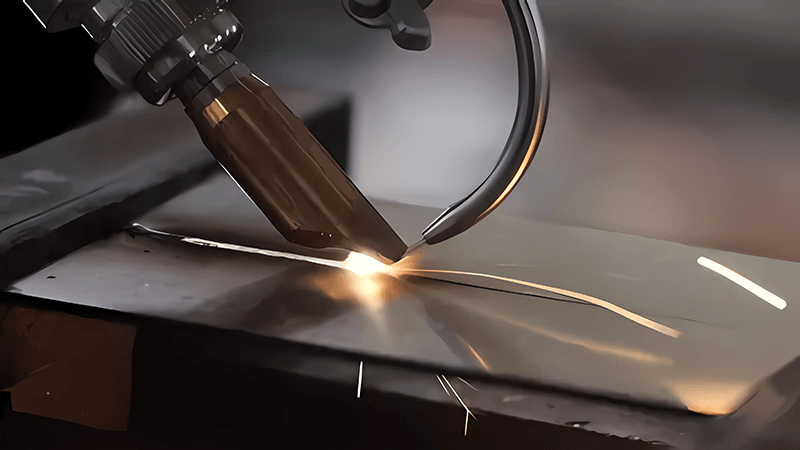
What is the thickness requirement for welding?
The thickness requirement for welding depends on the application and the material being used. While handheld lasers can handle relatively thin materials, thicker projects require different considerations. But how do you determine the right thickness for your welding tasks?
The thickness requirement for welding varies by project. Laser welding is typically best for materials up to 10mm thick, but for industries requiring thicker welds, higher-power lasers are necessary to ensure strong, reliable joins.
Welding thickness requirements can be highly variable depending on the industry and the purpose of the welded components. Laser welding is particularly effective for tasks requiring high precision, such as the manufacturing of automotive parts, electronics, and delicate medical devices. For these applications, welding thinner materials—typically from 0.5mm to 3mm—is common.
For automotive and aerospace industries, however, thicker materials are often required. In these cases, handheld laser welding machines4 with higher power ratings, like 3000W to 4000W lasers, become more useful. The materials welded in these industries often range from 2mm to 8mm, such as car body panels or aerospace components, and require deeper penetration and more robust equipment.
The thickness requirement for laser welding is not just about the material’s size but also about the weld's application. If the weld needs to hold up under stress, higher thickness and laser power might be necessary. For example, structural welds used in the construction of heavy machinery might require welding thicknesses up to 10mm, which is only achievable with higher-powered lasers.
Here’s a more detailed look at typical welding thicknesses and their corresponding laser power requirements5:
| Application | Material Thickness | Laser Power Needed | Remarks |
|---|---|---|---|
| Automotive Manufacturing | 2mm - 10mm | 3000W - 4000W | Higher power needed for body panels, components |
| Aerospace Production | 2mm - 8mm | 3000W - 4000W | Precision welding for critical components |
| Electronics & Jewelry | 0.5mm - 3mm | 1500W - 2000W | Ideal for thin, delicate materials |
| Medical Devices | 0.5mm - 3mm | 1500W - 2000W | Small parts, high precision required |
Determining the right laser power and thickness for welding involves understanding the materials you're working with and the structural requirements of the weld. Thicker materials often need more time to heat up and more power to penetrate, which means you need to adjust your equipment accordingly.
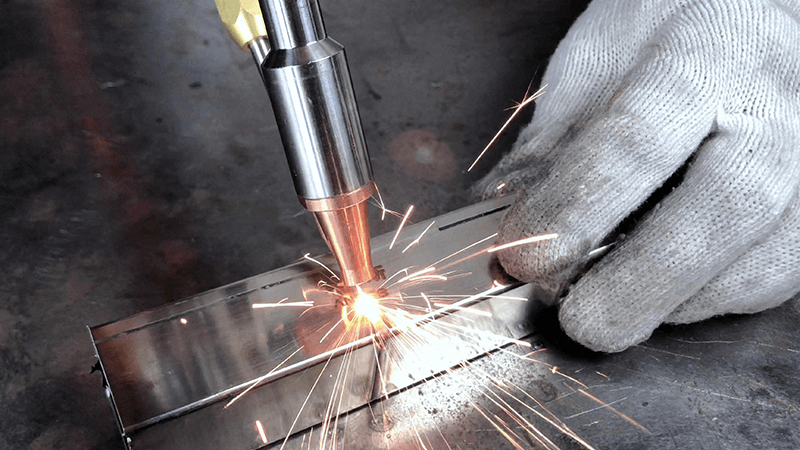
Is laser welding as strong as MIG welding?
Laser welding is often compared to MIG welding due to its precision and efficiency. But how do these two methods compare in terms of strength? Is laser welding as strong as MIG welding?
Laser welding can be just as strong as MIG welding, but it depends on the application. Laser welding offers precision and a narrow weld bead, while MIG welding is ideal for thicker materials, but both can achieve strong, reliable results when used appropriately.
Laser welding and MIG welding6 are two common methods used across industries for joining metals, but they differ significantly in their approach. MIG welding, or Metal Inert Gas welding, uses a continuously fed filler wire to create a weld pool. The heat is applied via an electric arc between the wire and the workpiece. This process works well for thicker materials and is often used in construction, heavy machinery, and shipbuilding.
On the other hand, laser welding uses a focused beam of light to melt the material. Laser welding typically offers a narrower heat-affected zone (HAZ)7, which leads to less distortion and a cleaner finish compared to MIG welding. This makes laser welding ideal for applications where precision and minimal distortion are critical, such as electronics and medical devices.
While MIG welding can penetrate thicker materials with ease, laser welding is often preferred for thinner materials or applications where precision is paramount. Both methods can achieve high-strength welds, but laser welding offers distinct advantages when it comes to speed, precision, and minimizing the post-weld finishing required.
Here’s a comparison of the two welding methods:
| Welding Method | Strength Comparison | Best for | Advantages |
|---|---|---|---|
| Laser Welding | High precision, strong | Thin to medium materials, precise applications | Speed, minimal distortion, high precision |
| MIG Welding | Strong, reliable | Thick materials, heavy-duty applications | Strong penetration, versatility |
In summary, laser welding8 can be just as strong as MIG welding, especially for applications that require fine precision and minimal material distortion. However, MIG welding excels in handling thicker materials and situations where deep penetration is required.
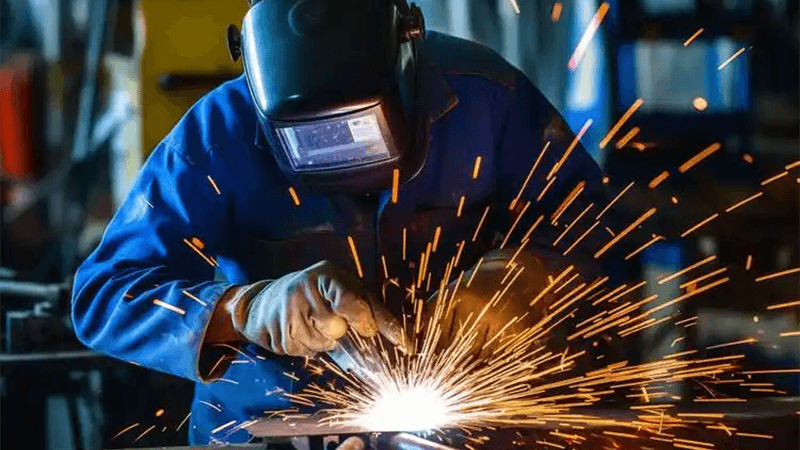
What are the limitations of laser welding?
While laser welding offers many advantages, it also has limitations that need to be considered. What are the key challenges associated with laser welding, and when might it not be the best choice?
Laser welding has limitations, particularly when dealing with very thick materials, high reflectivity metals, or certain types of joints. Understanding these challenges will help you determine when another welding method might be more suitable.
Despite its many advantages, laser welding has certain limitations that might make it less suitable for some applications. One of the primary challenges is its reduced efficiency when welding materials with high reflectivity9, such as copper and gold. These materials reflect much of the laser's energy, reducing the effectiveness of the weld. In these cases, MIG or TIG welding is often a better option due to their ability to handle reflective materials more effectively.
Another limitation of laser welding is its performance with very thick materials10. While handheld lasers can handle materials up to 10mm thick, welding materials that exceed this thickness often requires more powerful equipment and techniques. High-powered lasers, combined with additional features like double wire feeding, can help with thicker materials, but the process becomes more complex and costly.
Finally, laser welding is most effective in welding materials in a flat position, but it can be challenging when dealing with awkward angles11 or joints that are difficult to access. Traditional welding methods, like MIG and TIG, often offer more flexibility in these situations.
Here’s a summary of some of the key limitations:
| Limitation | Challenge | Possible Solution |
|---|---|---|
| Material Reflectivity | Materials like copper reflect laser energy | Consider MIG or TIG welding |
| Thickness of Material | Limited to about 10mm without extra feeding | Use higher-power lasers or alternative methods |
| Joint Positioning | Difficult to weld in certain positions | Consider alternative welding methods |
Despite these limitations, laser welding remains a powerful tool for a wide range of applications, especially when high precision and speed are required. For situations that go beyond its capabilities, other welding methods can often fill the gap.
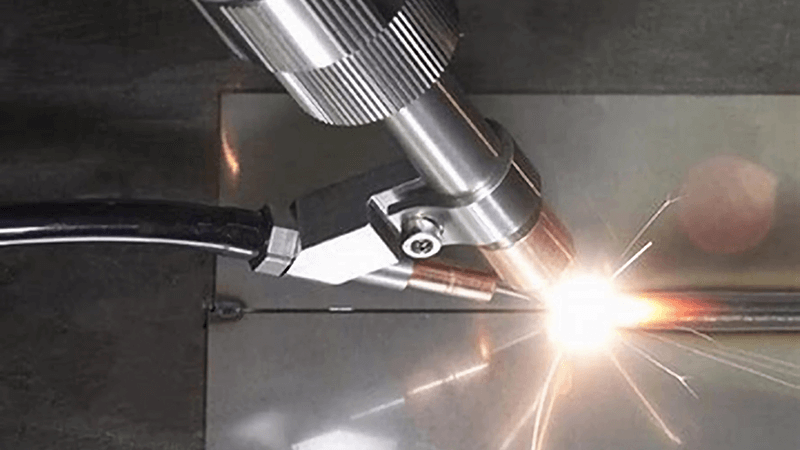
Conclusion
Handheld laser welding machines offer a powerful, precise, and efficient solution for welding a variety of materials, with the ability to handle thicknesses up to 10mm. While they may not be suitable for every application, they provide an excellent choice for industries requiring high precision and quality. By understanding the limitations and strengths of laser welding, you can choose the right machine for your specific needs.
Do not hesitate to get your best laser welding solutions12 from Kirin Laser.
-
Explore the benefits of laser welding, especially for thicker materials, to understand its efficiency and precision in various applications. ↩
-
Discover the relationship between laser power and material thickness to optimize your welding projects effectively. ↩
-
Learn how a double-wire feeding system enhances the welding process, allowing for stronger joints in thicker materials. ↩
-
Exploring the advantages of handheld laser welding machines can help you choose the best tools for precision welding tasks. ↩
-
Learning about laser power requirements can guide you in selecting the appropriate laser for your specific welding needs. ↩
-
Explore this link to understand the unique benefits of MIG welding, especially in heavy-duty applications and material versatility. ↩
-
Learn about the heat-affected zone (HAZ) in welding processes and its significance in determining weld quality and material integrity. ↩
-
Discover the advantages of laser welding, particularly in precision tasks, and how it minimizes distortion and enhances quality. ↩
-
Understanding the challenges of high reflectivity materials can help you choose the right welding method for your project. ↩
-
Exploring the performance of laser welding on thick materials can guide you in selecting the appropriate equipment and techniques. ↩
-
Learning about welding methods for awkward angles can enhance your skills and improve your project outcomes. ↩
-
Kirin Laser has different kinds of laser welding machine and laser welding solutions for your business. ↩


